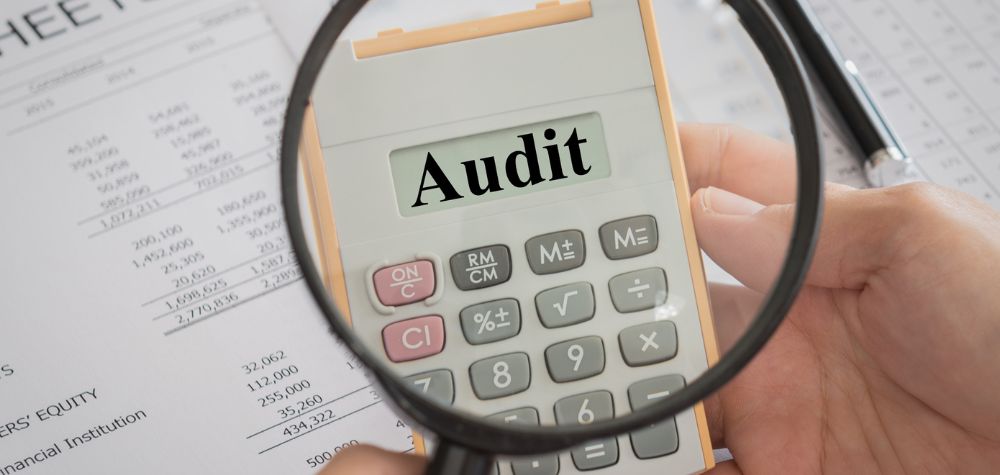
The Medicare levy, an additional payment atop your taxable income tax, serves to support Australia’s public health system, Medicare.
Ordinarily, your employer includes this levy, typically set at 2% of your taxable income, in the pay-as-you-go amount withheld from your salary or wages.
But what about the additional Medicare levy surcharge (MLS)?
You’ll encounter the MLS if, along with your spouse and dependent children, you lack adequate private patient hospital cover and earn above a certain income threshold. The MLS adds to the Medicare levy.
To preempt future MLS payments, securing the appropriate level of private patient hospital cover for yourself, your spouse, and your dependents is advisable.
Medicare Levy Thresholds For Individuals
For the 2022–23 financial year, you did not have to pay the Medicare levy if your taxable income is equal to or less than the lower threshold. This should also be the case for the 2023-24 income year.
Your Medicare levy as an individual will be reduced if your taxable income is above the lower threshold and at or below the upper threshold. The ATO works out the reduction for you when you lodge your tax return.
If you were entitled to the SAPTO (seniors and pensioners tax offset), the taxable income’s lower threshold is $38,365, and the upper threshold is $47,956. Your Medicare levy would be reduced if it was between those two amounts (and you meet other possible criteria).
Other taxpayers may be eligible for a reduction if their taxable income is above the lower threshold ($24,276) and below the upper threshold ($30,345). You may still be eligible for a medicare levy reduction if you do not qualify for a medicare levy exemption.
Medicare Levy Reductions Based On Family Taxable Income
Family taxable income is either:
- the combined taxable income of you and your spouse (including a spouse who died during the year)
- your taxable income if you were a sole parent.
You might qualify for a Medicare levy reduction based on your family’s taxable income if you satisfy the following criteria:
- Your individual taxable income exceeded $30,345 ($47,956 for seniors and pensioners entitled to SAPTO) in the 2022–23 fiscal year.
- You meet one of the following conditions:
- You are married or in a de facto relationship.
- Your spouse passed away during the year, and you remained without another spouse by the year’s end.
- You are entitled to an invalid and invalid carer tax offset for your child.
- You are the sole caregiver of one or more dependent children.
If you have a spouse, it’s important to note that you may not receive SAPTO, even if you meet all eligibility requirements. This occurs because the tax offset amount is calculated based on your individual rebate income, not the combined rebate income of you and your spouse. Additionally, even if you qualify for SAPTO but do not receive the offset, it does not automatically entitle you to a Medicare levy reduction.
Unsure about the Medicare levy, or your own eligibility for reductions or exemptions? Start a discussion with us. We’re here to assist.










